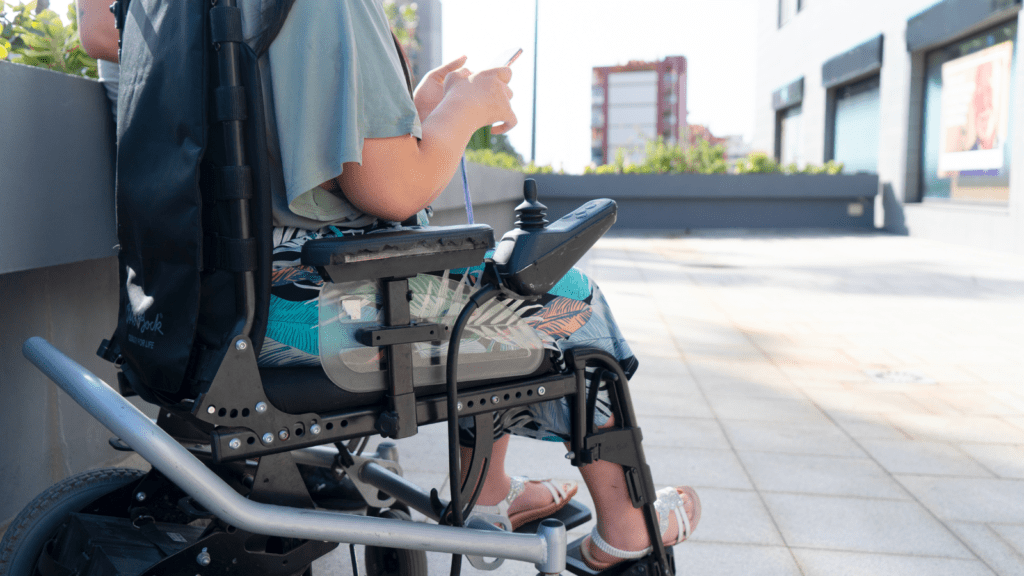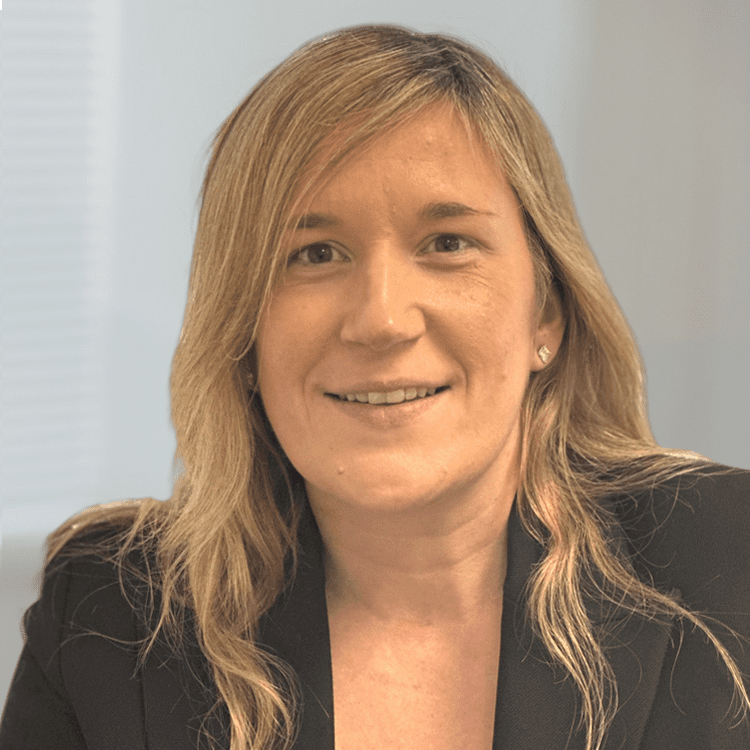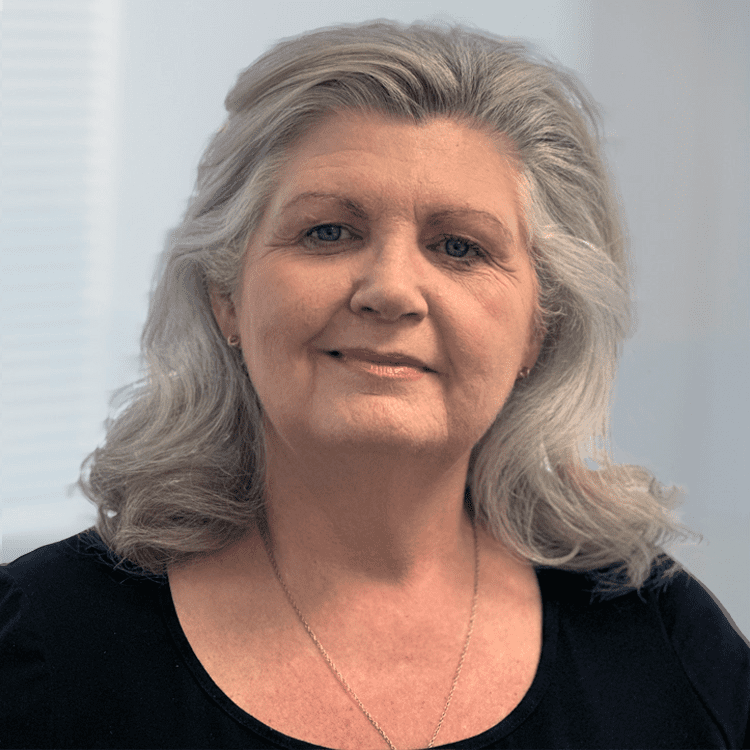How to Manage Autonomic Dysreflexia Care at Home for People with a Spinal Cord Injury.

Find out how to manage Autonomic Dysreflexia care at home for individuals with a spinal cord injury
Autonomic dysreflexia (AD) is a serious, potentially life-threatening medical condition that can occur in people with spinal cord injuries above the level of T6. It is caused by a sudden increase in blood pressure that is triggered by a stimulus below the level of the injury. Symptoms of AD can include headache, sweating, flushing, blurred vision, and a pounding heartbeat. If AD is not treated promptly, it can lead to seizures, stroke, or even death.
Here is some guidance for managing AD care at home for people with spinal cord injury:
- Educate yourself and your caregiver about AD. It is important to understand what AD is, how it is caused, and how it can be treated. This will help you to be prepared to manage the condition if it occurs. As a member of the Spinal Injuries Association, we recommend this following useful factsheet: SIA Autonomic Dysreflexia Factsheet
- Monitoring blood pressure: People with spinal cord injuries should monitor their blood pressure regularly, especially if they are at risk for AD. This can be done with a home blood pressure monitor. If the blood pressure rises suddenly, it is important to take action to treat the AD.
- Individuals with spinal cord injuries who are at risk for AD should have a plan in place for managing the condition at home. This plan should include the steps to take to lower the blood pressure and relieve the symptoms.
- Identifying triggers: The first step in managing AD is to identify the triggers that can cause it. Common triggers include bladder or bowel distension, skin irritation, and urinary tract infections. Once the triggers are identified, they can be avoided or managed to prevent AD.
- Be aware of the signs and symptoms of AD: It is important to be able to recognize the signs and symptoms of AD early on to take action to treat the condition before it becomes serious.
- The management plan may include sitting the individual up, removing any tight clothing, loosening any constrictive devices, and administering medication.
- Escalation and seeking medical attention: If AD is not treated promptly, it can lead to serious complications. If a person with a spinal cord injury experiences symptoms of AD and it cannot be resolved by trouble shooting the cause it is important to seek medical attention immediately.
By following these tips, you can help to manage AD care at home for patients with spinal cord injury and prevent serious complications.
At HFH we offer the very best in nurse-led complex care plans to suit our clients’ individual needs, ensuring they get the best support for both their physical health and mental well-being. Our care teams are trained to support clients who have a special cord injury with the risk of AD and our bespoke care plans contain management and escalation plans tailored to the individual’s presentation and triggers. This includes robust protocols for trouble shooting, emergency medication administration, and escalation pathways to wider community or emergency services.
If you would like to find out more about our complex care services, we provide please call us on 0208 605 9714 or email referrals@hfhhealthcare.co.uk.
Alternatively, if you are looking to join our dedicated care team, please browse our vacancies here.









